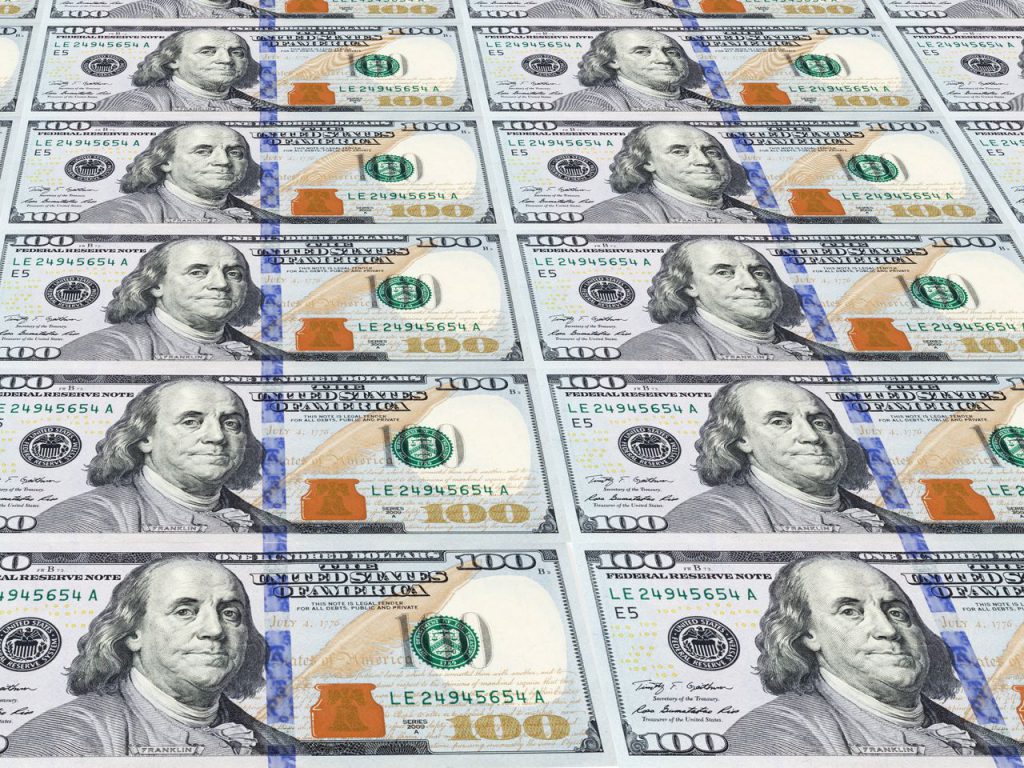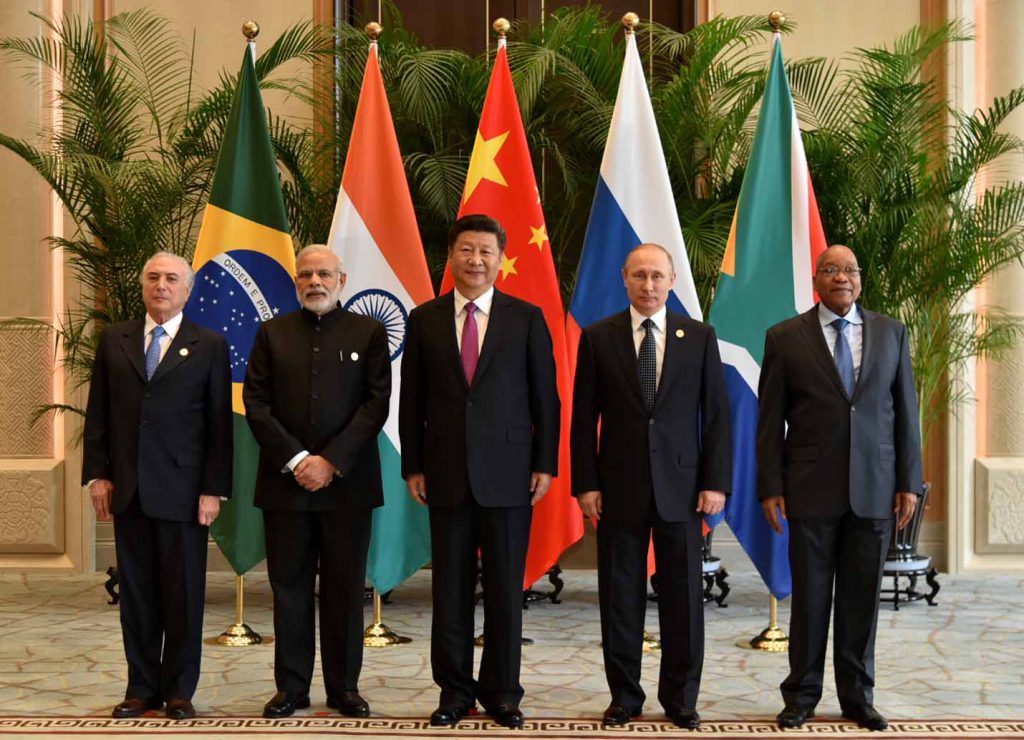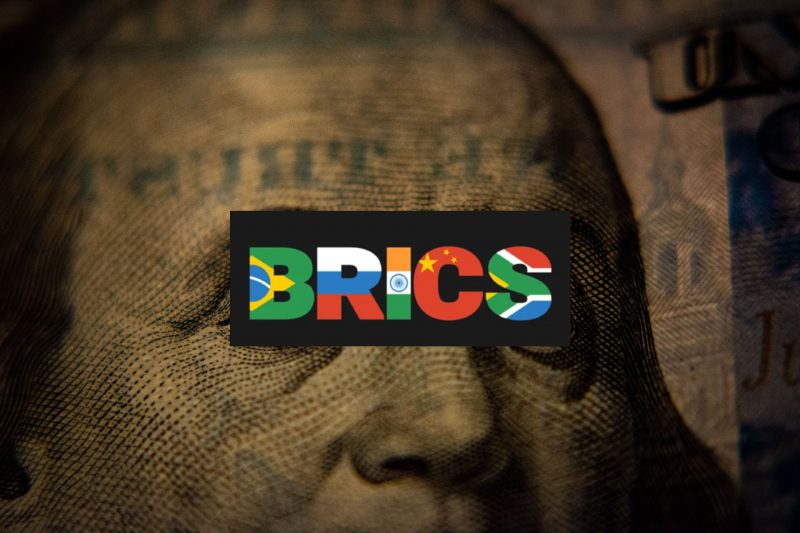In recent weeks, the talk of the BRICS nations developing their own currency has led to hope for its replacement of the US dollar. Moreover, as its annual summit is set to take place this August, expansion, and currency adoption remain the most important talking points. Yet, the ideal and hope of the currency remain wishful thinking.
The US dollar has long been the dominant international currency. For better or worse, the greenback has been the standard global reserve currency since World War II. Conversely, as the BRICS nations have attempted to make strides in their de-dollarization efforts, it feels like a long shot.


Is the US Dollar’s Status Threatened?
The BRICS foreign ministers gathered in Cape Town last week as a precursor to the annual BRICS summit. There, the ministerial gathering saw discussions for a “symbol of change” reverberate through the collective. Yet, those sentiments are set to magnify when the heads of state arrive in Johannesburg in August.
There, the development of a BRICS currency to displace the US dollar will abound, but whether it bears fruit remains to be seen. Following its invasion of Ukraine, Russia saw a host of sanctions placed upon it by the West. Specifically, $300 billion worth of foreign exchange and gold reserves were frozen by both the United States and Europe.
This action has seen its intended consequences transition into something else. Instead of punishing Russia, it seems to have brought the BRICS alliance closer. Subsequently, it has spearheaded the need for alternative currency discussions. Moreover, the BRICS nations have already opted to deal in other national currencies while the sanctions remain in effect, hindering Russian trade.
The BRICS nations represent a massive 42% of the global population. However, it only noted 23% of global output, with 18% of that in trade. Additionally, the Society for Worldwide Interbank Financial Transactions notes that the US dollar is used for 42% of currency transactions.
For comparison, the Euro has seen 32% of currency transactions, while the Chinese Yuan contributes only 2%. Thus, it feels like a long shot that a BRICS currency, even if adopted by all nations in the bloc, could displace the mass usage of the greenback.
Reserve Currency and Potential Expansion


Ultimately, the dollar is the most widely used currency on the planet. Even amidst the macroeconomic challenges that have abounded for the past two years, they have remained. The International Monetary Fund (IMF) has stated that 59% of global central bank reserves are in the greenback. Alternatively, the yuan is worth just 5%.
However, there is the question of expansion within the BRICS bloc. Specifically, if the collective can grow, and increase in adoption, could it eventually displace the dollar? Well, the potential is obviously there. As we previously stated, the BRICS bloc already represents more than 40% of the world’s population.
Conversely, for this to take place, there would have to be massive changes in the economic development of certain countries. The US is a primary purchaser of goods, for the BRICS currency to replace its currency, it would need the bloc to begin to purchase goods at a similar rate. Moreover, they would have to utilize this newly developed trade currency.
Conclusively, the idea of an alternative currency threatening the US dollar is a possibility. However, it is still highly unlikely to become a reality. Specifically, the process has seemed to be more in line with wishful thinking, than actual potential reality.





